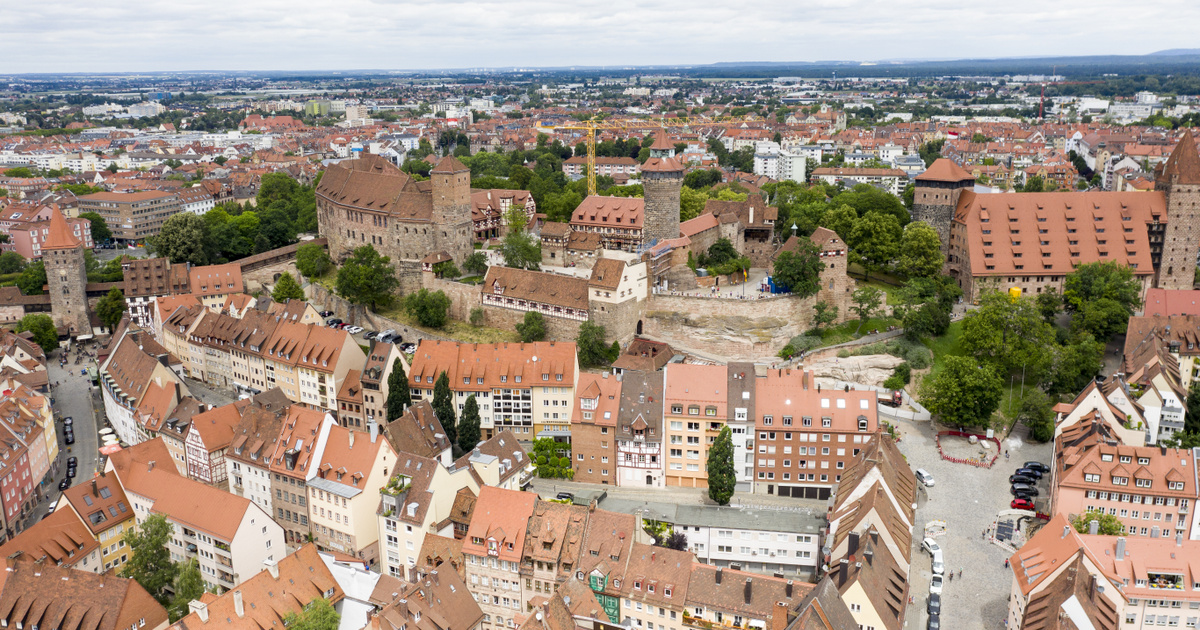The remains were excavated from eight pits in the southern part of Germany Live sciences-in.
The skeletons of hundreds of adults, children and infants, dating from the end of the 15th century and the beginning of the 17th century, were found in pits discovered during construction work in Nuremberg. Archaeologists have also found ceramics and silver coins, and radiocarbon dating has shown that the pottery dates back to the plague epidemics that broke out between 1622 and 1634, and coins from around 1619.
According to Melanie Langbein, from the Nuremberg Heritage Department, a discovery like this has never been made before. The plague epidemics that broke out in Nuremberg between 1533 and 1634 claimed nearly 30,000 lives. The authorities were unable to bury this large number of bodies, so they ordered them to be buried in mass graves outside churchyards in the city. Because of the urgent procedure, they could not pay attention to Christian traditions, and could not perform a classical burial, although a separate section was also designated for the plague cemetery in the city cemetery.
He wrote that according to medieval Christian tradition, people were to be buried with their heads to the west and their feet to the east, “so that when the end comes they will see Christ coming from the east.” previously Live sciences. On the other hand, new excavations revealed skeletons in a sitting position, stacked on top of each other, in different directions. In view of the use of space, the bodies were placed lying on their sides, and the remains of children and infants, which occupied little space, were fixed in the gaps.














































